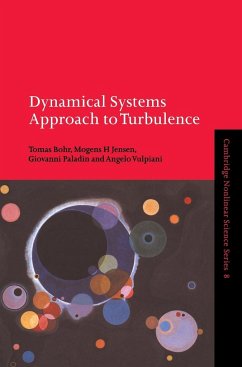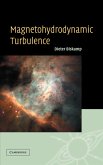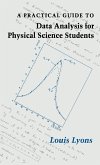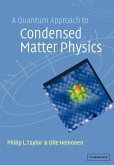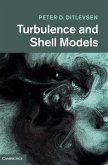This book treats turbulence from the point of view of dynamical systems. The exposition centres around a number of important simplified models for turbulent behaviour in systems ranging from fluid motion (classical turbulence) to chemical reactions and interfaces in disordered systems. In recent decades, turbulence has evolved into a very active field of theoretical physics. The origin of this development is the approach to turbulence from the point of view of deterministic dynamical systems, and in this book it is shown how concepts developed for low dimensional chaotic systems can be applied to turbulent states. Thus, the modern theory of fractals and multifractals now plays a major role in turbulence research, and turbulent states are being studied as important dynamical states of matter occurring also in systems outside the realm of hydrodynamics, i.e. chemical reactions or front propagation. The presentation relies heavily on simplified models of turbulent behaviour, notably shell models, coupled map lattices, amplitude equations and interface models, and the focus is primarily on fundamental concepts such as the differences between large and small systems, the nature of correlations and the origin of fractals and of scaling behaviour. This book will be of interest to graduate students and researchers interested in turbulence, from physics and applied mathematics backgrounds.
Table of contents:
Introduction; 1. Turbulence and dynamical systems; 2. Phenomenology of turbulence; 3. Reduced models for hydrodynamic turbulence; 4. Turbulence and coupled map lattices; 5. Turbulence in the complex Ginzburg-Landau equation; 6. Predictability in high-dimensional systems; 7. Dynamics of interfaces; 8. Lagrangian chaos; 9. Chaotic diffusion; Appendix A. Hopf bifurcation; Appendix B. Hamiltonian systems; Appendix C. Characteristic and generalised Lyapunov exponents; Appendix D. Convective instabilities; Appendix E. Generalised fractal dimensions and multifractals; Appendix F. Multiaffine fields; Appendix G. Reduction to a finite-dimensional dynamical system; Appendix H. Directed percolation.
Fills a gap between the new fields of non-linear and chaotic dynamical systems, and the more traditional field of hydrodynamics and turbulence. The book contains the first coherent presentation of the applications of shell models to fully developed hydrodynamical turbulence.
This book treats turbulence from the point of view of deterministic dynamical systems.
Hinweis: Dieser Artikel kann nur an eine deutsche Lieferadresse ausgeliefert werden.
Table of contents:
Introduction; 1. Turbulence and dynamical systems; 2. Phenomenology of turbulence; 3. Reduced models for hydrodynamic turbulence; 4. Turbulence and coupled map lattices; 5. Turbulence in the complex Ginzburg-Landau equation; 6. Predictability in high-dimensional systems; 7. Dynamics of interfaces; 8. Lagrangian chaos; 9. Chaotic diffusion; Appendix A. Hopf bifurcation; Appendix B. Hamiltonian systems; Appendix C. Characteristic and generalised Lyapunov exponents; Appendix D. Convective instabilities; Appendix E. Generalised fractal dimensions and multifractals; Appendix F. Multiaffine fields; Appendix G. Reduction to a finite-dimensional dynamical system; Appendix H. Directed percolation.
Fills a gap between the new fields of non-linear and chaotic dynamical systems, and the more traditional field of hydrodynamics and turbulence. The book contains the first coherent presentation of the applications of shell models to fully developed hydrodynamical turbulence.
This book treats turbulence from the point of view of deterministic dynamical systems.
Hinweis: Dieser Artikel kann nur an eine deutsche Lieferadresse ausgeliefert werden.

